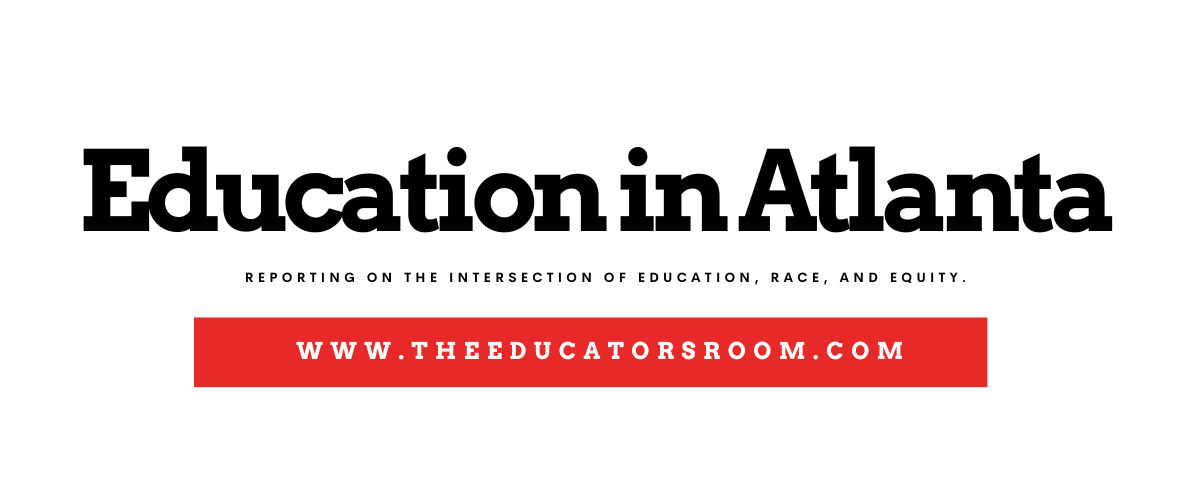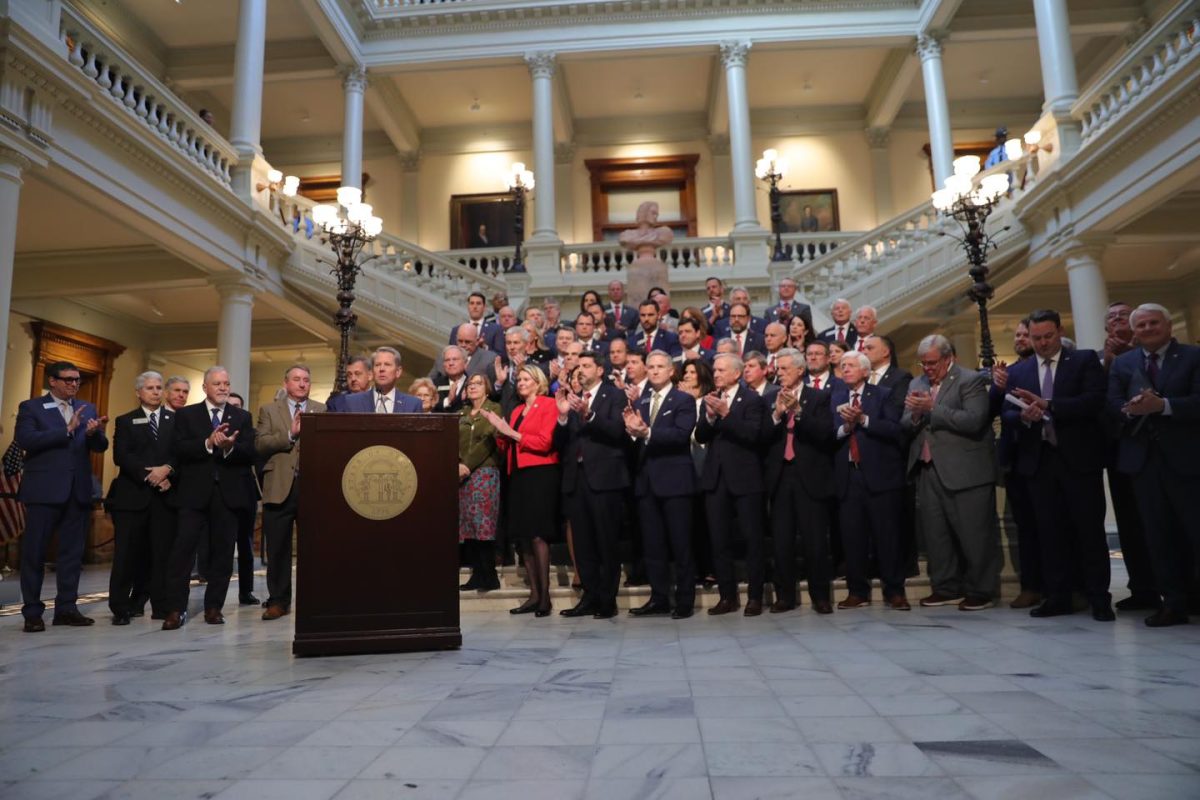Overview:
Governor Kemp announced a $3.7 billion investment in K-12 education and $294 million in school safety grants, focused on: mental health, technical education, and campus security across Georgia.
Atlanta, GA – Governor Brian Kemp, joined by First Lady Marty Kemp, Lt. Governor Burt Jones, House Speaker Jon Burns, and key Republican members of the General Assembly, held a press conference to unveil significant budget and safety priorities for education in Georgia. These measures aim to address critical needs in K-12 education and enhance safety for students and staff across the state.
Governor Kemp announced an additional $3.7 billion in ongoing funding for K-12 education and $294.07 million for school safety grants, emphasizing the administration’s commitment to ensuring schools remain well-funded and secure.
Lt. Governor Burt Jones highlighted an additional $50 million allocated for one-time school safety grants in the amended 2025 budget, applauding the effort to strengthen campus security. He also reiterated the Senate’s dedication to passing Alyssa’s Law, a bill requiring mobile panic alert technology in schools, and called for stiffer penalties for threats and acts of violence targeting schools.
“I applaud Governor Brian Kemp for prioritizing school safety. He has my full support for the proposals announced today, including the allocation of $50 million in the amended 2025 budget,” said Lt. Governor Burt Jones. “As a father of school-aged children, I believe that the safety of our students is a critical issue that requires our focus and commitment. After meeting with law enforcement, school administrators and individuals impacted by the tragic event in Barrow County, during the 2025 session, I will prioritize the final passage of “Alyssa’s Law,” and increasing penalties for those who threaten and commit these heinous crimes. Each feature of this package will build on school safety initiatives I supported last year. These are practical initiatives to achieve something every elected official should agree on – the security and well-being of Georgia’s students and teachers.”
Speaker Jon Burns expressed support for Governor Kemp’s proposed funding increases, particularly the additional safety grants. Burns outlined the House’s focus on using school zone speed camera revenue for safety initiatives, enhancing mental health services through more school psychologists, and improving communication between schools, districts, and law enforcement via a statewide information-sharing model.
Key Budget Highlights:
- K-12 Education Funding:
- $120.8 million in the amended fiscal year 2025 and $402.2 million in fiscal year 2026 to fully fund K-12 education.
- $10.3 million to maintain higher state-funded grants for pupil transportation.
- $1.25 million for technical education lab equipment in high schools.
- School Safety Grants:
- $50 million in the amended 2025 budget for one-time additions, increasing individual school grants to $68,760 on average.
- Technology and Mental Health Investments:
- $3 million to maintain expanded K-12 internet bandwidth.
- $872,000 to reduce the student-to-school psychologist ratio.
- Crisis counseling training through the Southern Regional Education Board for 20 local counselors.
- Capital Investments:
- $178.5 million for school facility upgrades.
- $20 million for new school buses.
- $7.3 million for vocational and agricultural lab equipment.
“We are spending more today on K-12 education than we ever have in our state’s history,” said Governor Brian Kemp. “I made a promise to hardworking Georgians that we would make all of our children a priority in this state, and we are doing that once again today. In working with our legislative partners, we have fully funded our schools, raised teacher pay by nearly $10,000, delivered millions of dollars in school safety grants, consistently directed funding to address mental health in our schools, and so much more. I am proud today to stand with our legislative partners and announce these additional actions that support our educators, help secure our classrooms, and ensure our students have the resources they need for a safe and quality education.”

